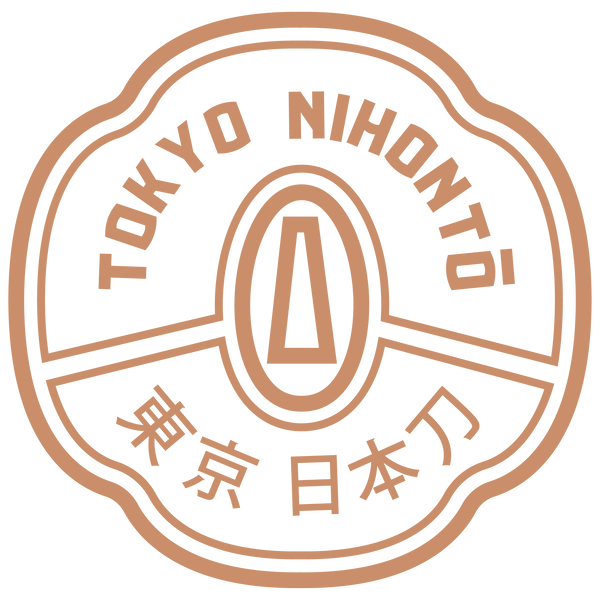Tokyo Nihonto
Fujiwara Sukesada Katana
Fujiwara Sukesada Katana
Verfügbarkeit für Abholungen konnte nicht geladen werden
Haben Sie eine Frage? Kontaktieren Sie uns hier.
The blade's craftsmanship is a testament to the Osafune school's legacy, reflecting the intricate techniques and artistry synonymous with Bizen. Every detail, from the flamboyant Tōji Midare temper pattern to the fine grain structure, pays homage to the Fukuoka Ichimonji style. The sword beautifully captures the essence of the Kamakura period’s Ichimonji works and shines with a polish that accentuates its beauty and magnificence.
Specifications:
- Omote (Front): 横山上野大掾藤原祐定 - Yokoyama Kozuke Daijo Fujiwara Sukesada
- Ura (Back): 備州長船住人 - Bishū Osafune Junin
- Province : Bizen (currently Okayama prefecture)
- Period : Edo Period, around 1660-1715
- Blade Length: 69.4 cm (approximately 27.32 inches)
- Curvature (Sori): 1.8 cm (approximately 0.71 inches)
- Mekugi-ana (peg hole): 2
- Moto-haba (Base width): 32.5 mm (approximately 1.28 inches)
- Moto-kasane (Base thickness): 6.8 mm (approximately 0.27 inches)
- Saki-haba (Tip width): 22.5 mm (approximately 0.89 inches)
- Saki-kasane (Tip thickness): 5.0 mm (approximately 0.20 inches)
- Blade Weight: 727 g (approximately 25.64 oz)
- Jihada : ko itame hada
- Hamon: Traditional choji pattern mixed with straight hamon, reminiscent of the Kamakura period.
In the echelons of Japanese craftsmanship, where centuries-old traditions meet unparalleled skill, the swordsmith Yokoyama Ueno Daijo Fujiwara Sukesada stands as a testament to resilience, ingenuity, and artistic brilliance. This specific blade, gracefully crafted by his hands, embodies the pinnacle of the Bizen Osafune school's artistry during the early-mid Edo period.
Historical Significance: The lineage of Yokoyama Ueno Daijo Fujiwara Sukesada is deeply entrenched in the annals of Japanese sword-making history. Born in the year 1633, during the Kan-Ei era, he was the progeny of the revered Shichibei no Jyo Sukesada. Born Yokoyama Heibe, he eventually came to be known as the 6th-generation Yosouzaemon no jyo Sukesada, an appellation that resonated powerfully across the landscape of Bizen province, making him one of its most iconic figures during the early Edo period.
This was a time when the Bizen province, particularly the Bizen Osafune school, was recovering from the tragic aftermath of the Yoshii River flood in 1591. This catastrophic event almost obliterated the storied sword-forging traditions of the province. The very land that had thrived during the Muromachi period, producing countless swords for the Warring State Period's fervent demands, now faced the grim challenge of rebuilding its lost legacy.
In this dark period emerged a beacon of hope. Among the remnants of the once-prolific Bizen swordsmiths was the Sukesada group. At its helm was the esteemed Yokoyama Fujishiro Sukesada, the fourth head of the Sukesada School. His lineage, particularly his son Shichibei no Jyo Sukesada and grandson Yokoyama Ueno Daijo Fujiwara Sukesada, were instrumental in rejuvenating the sword-forging traditions of the Bizen province.



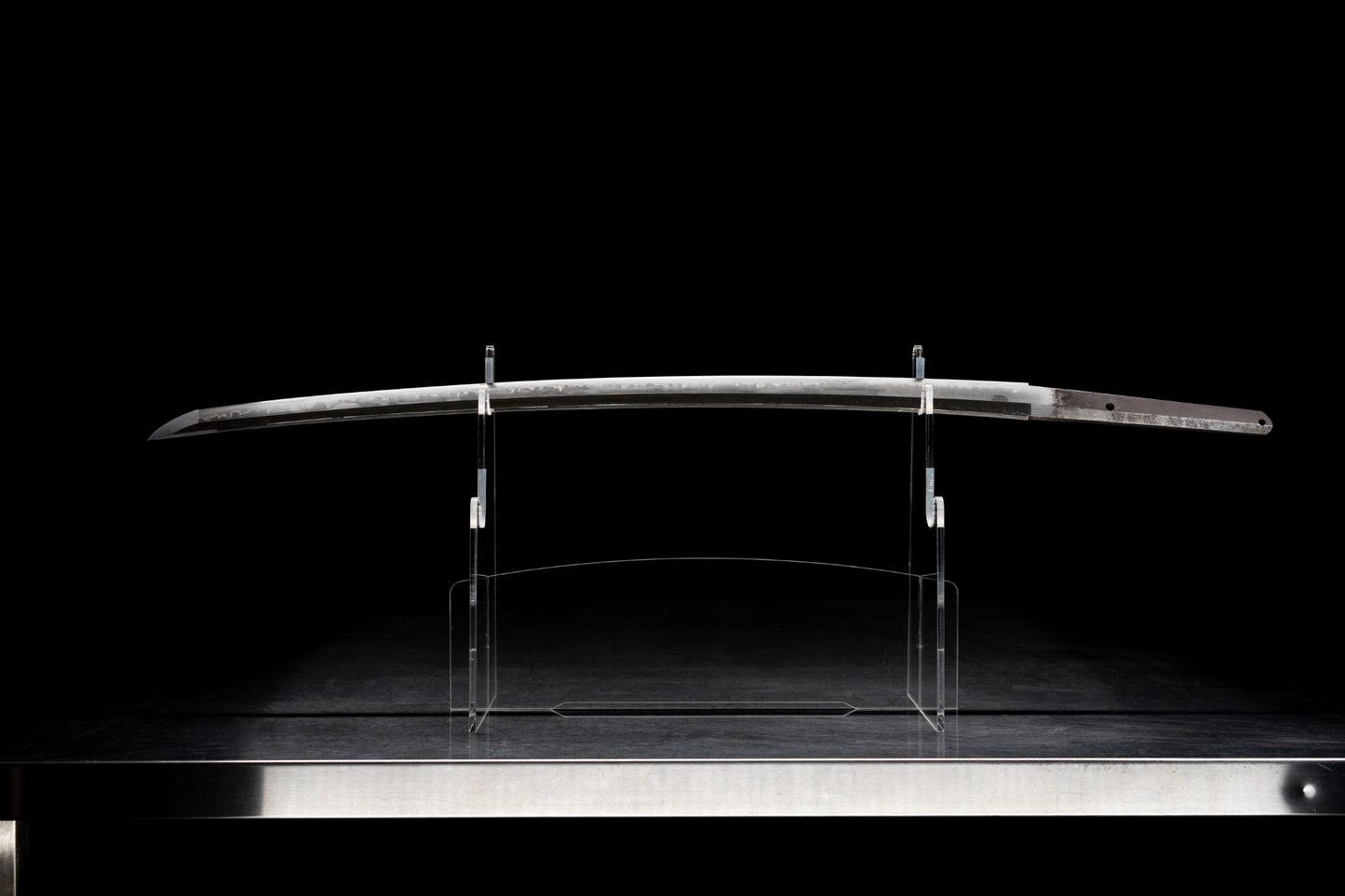
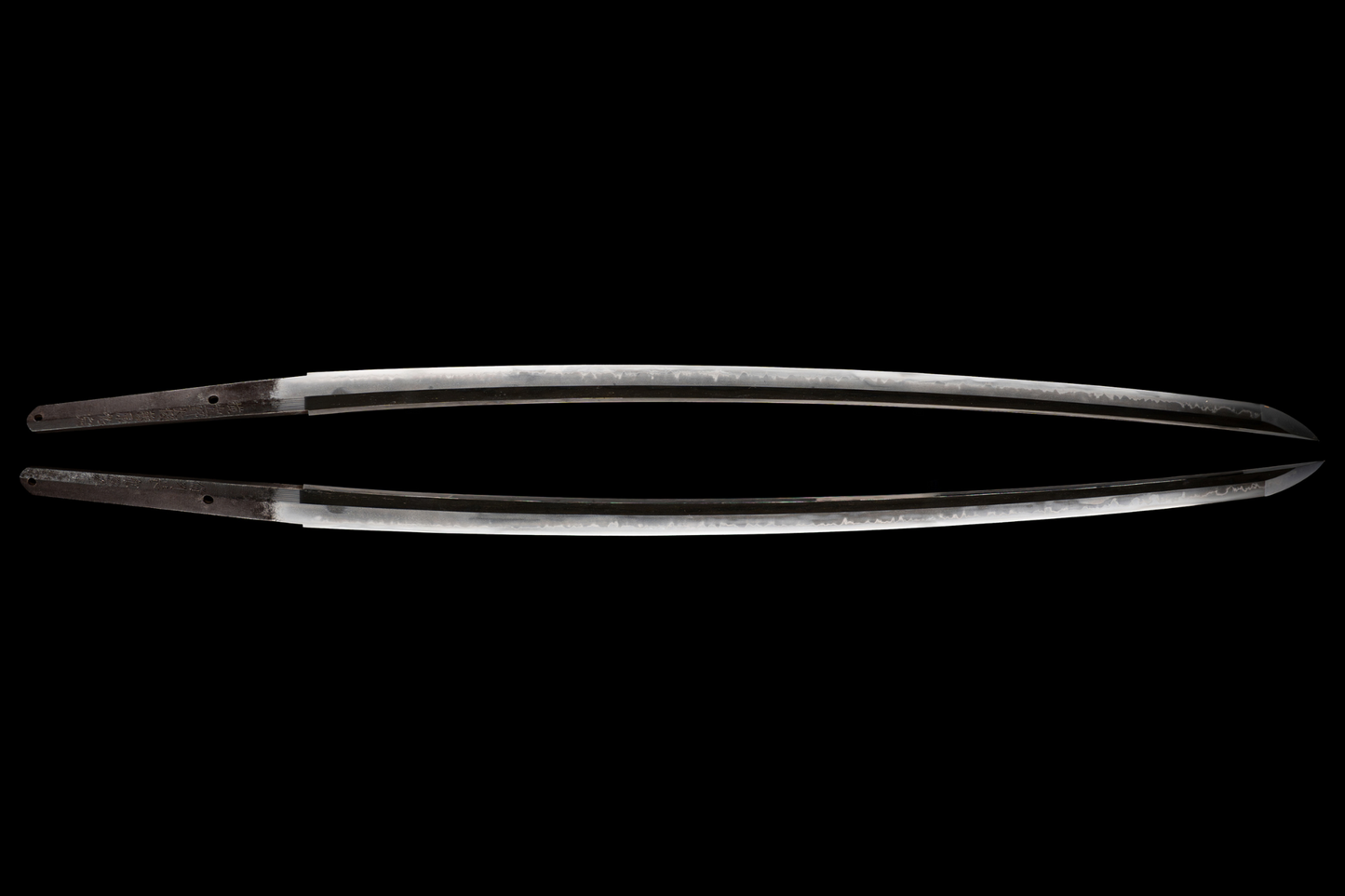
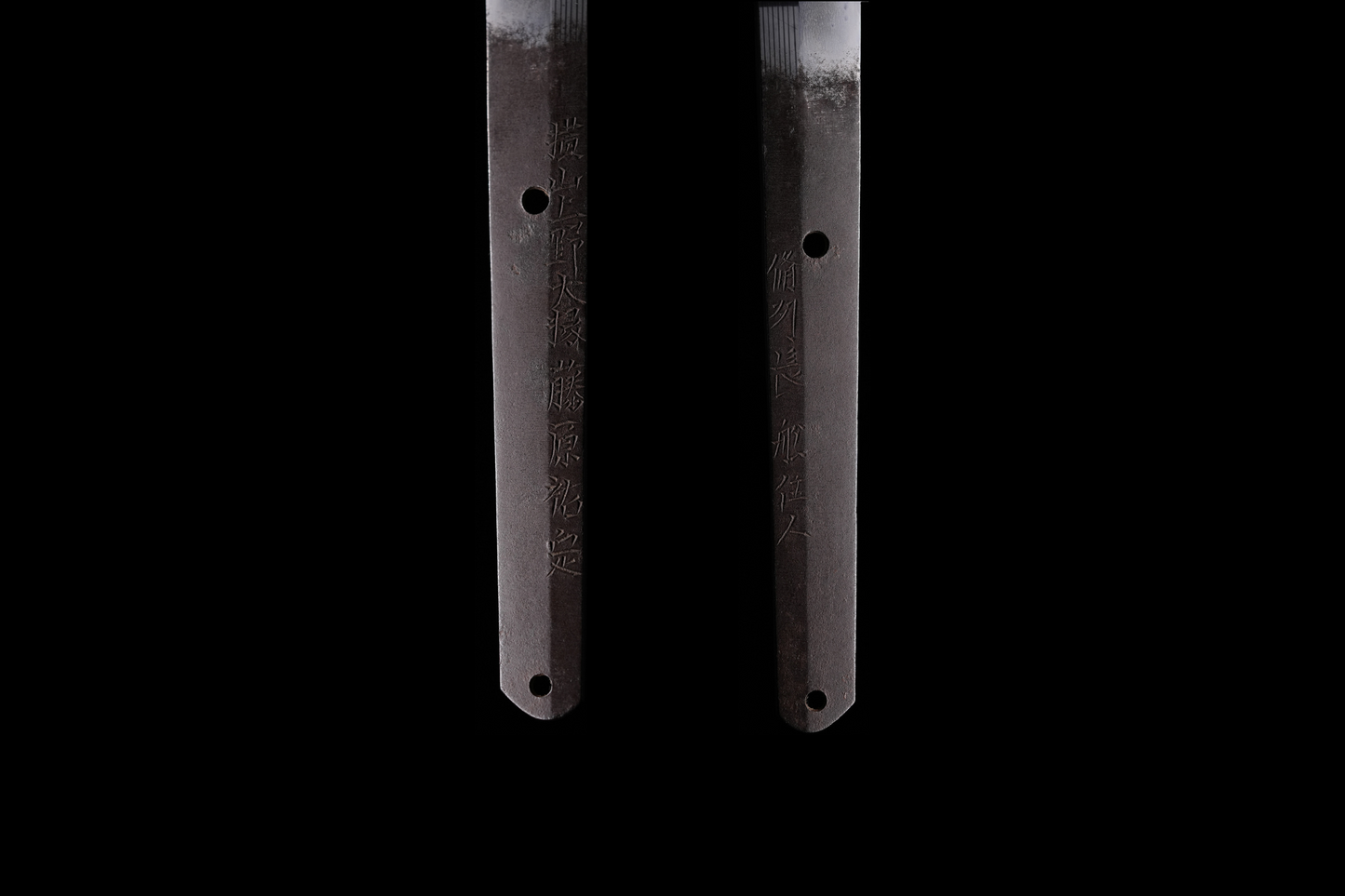
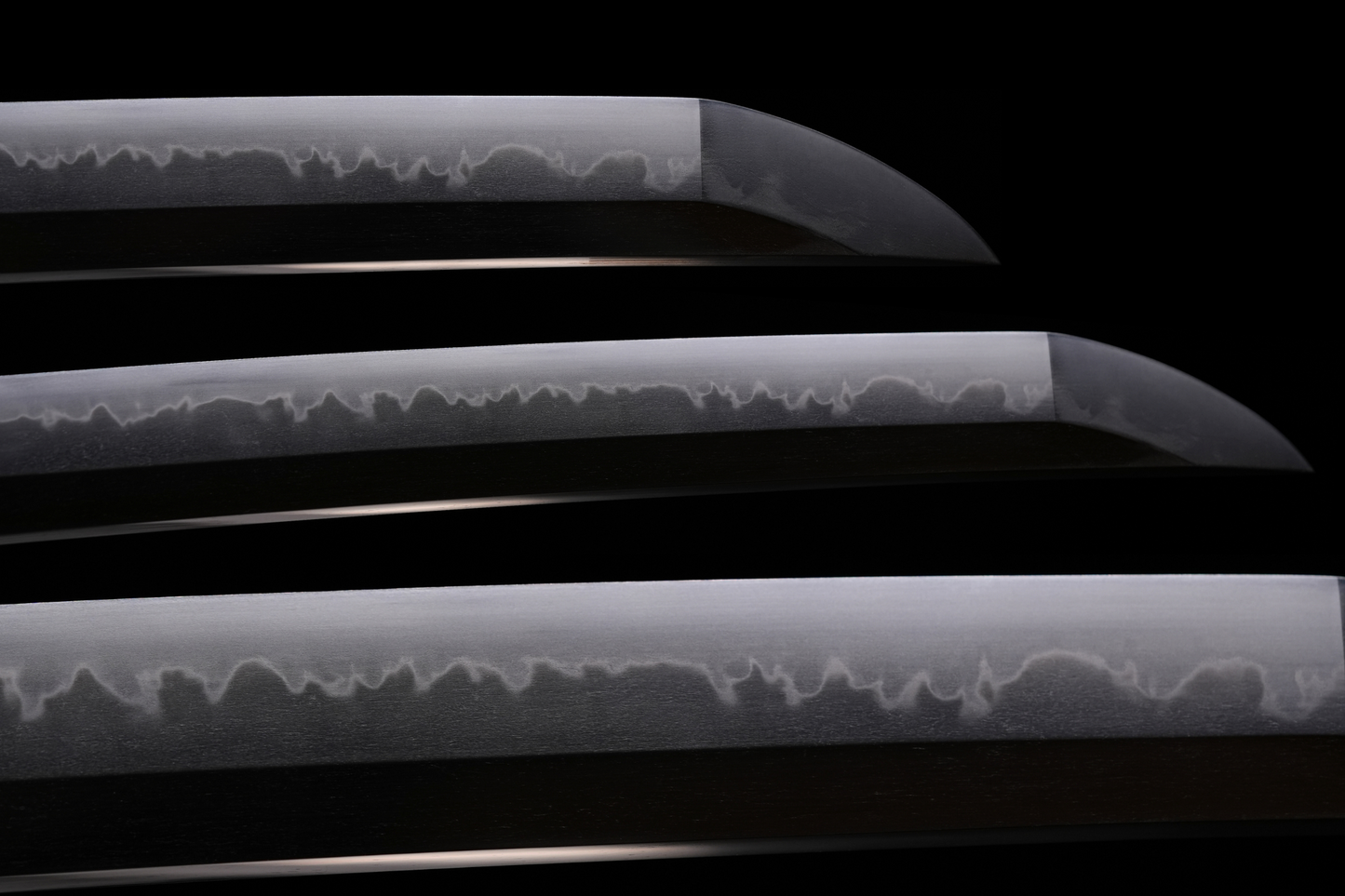
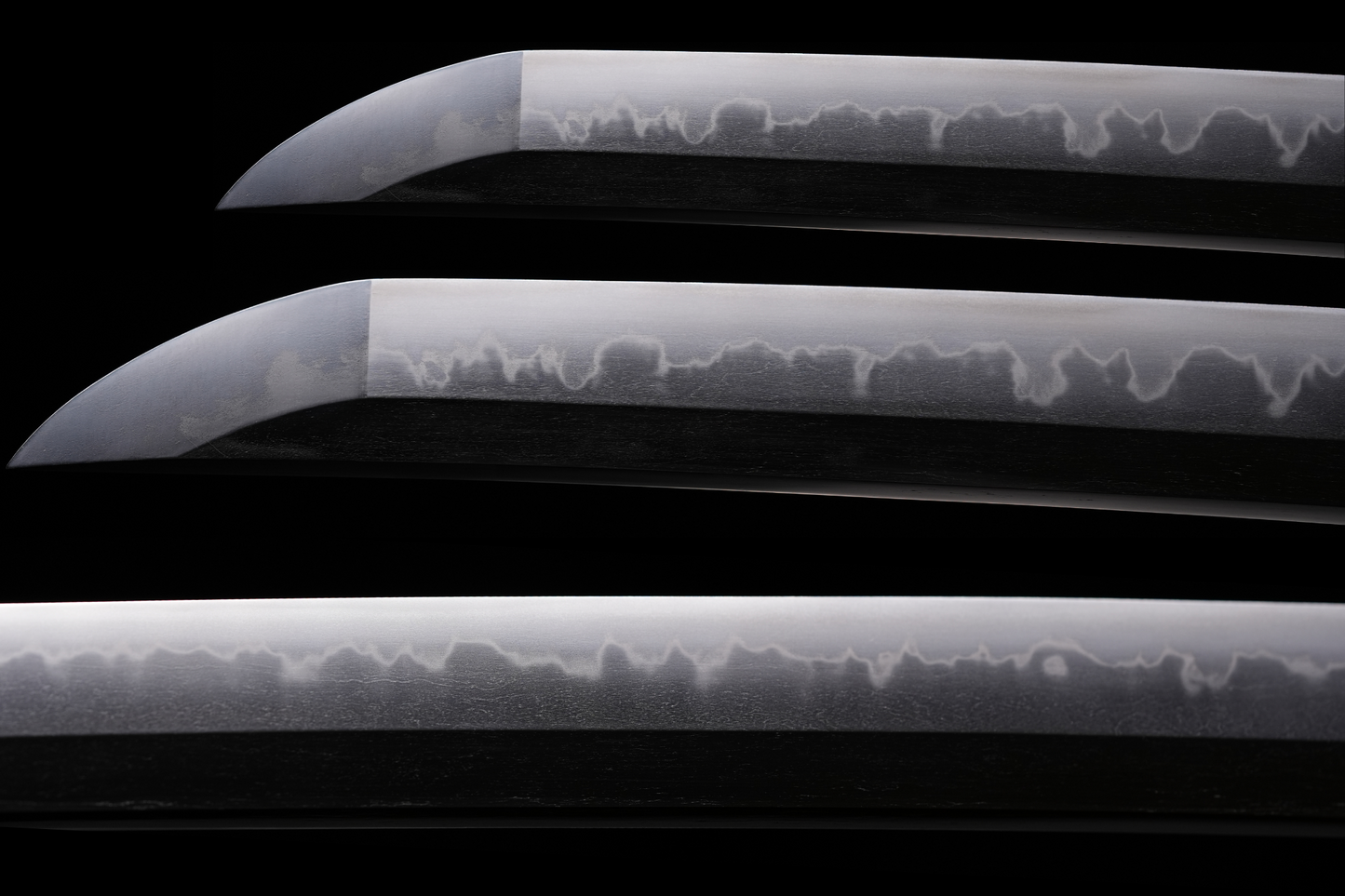
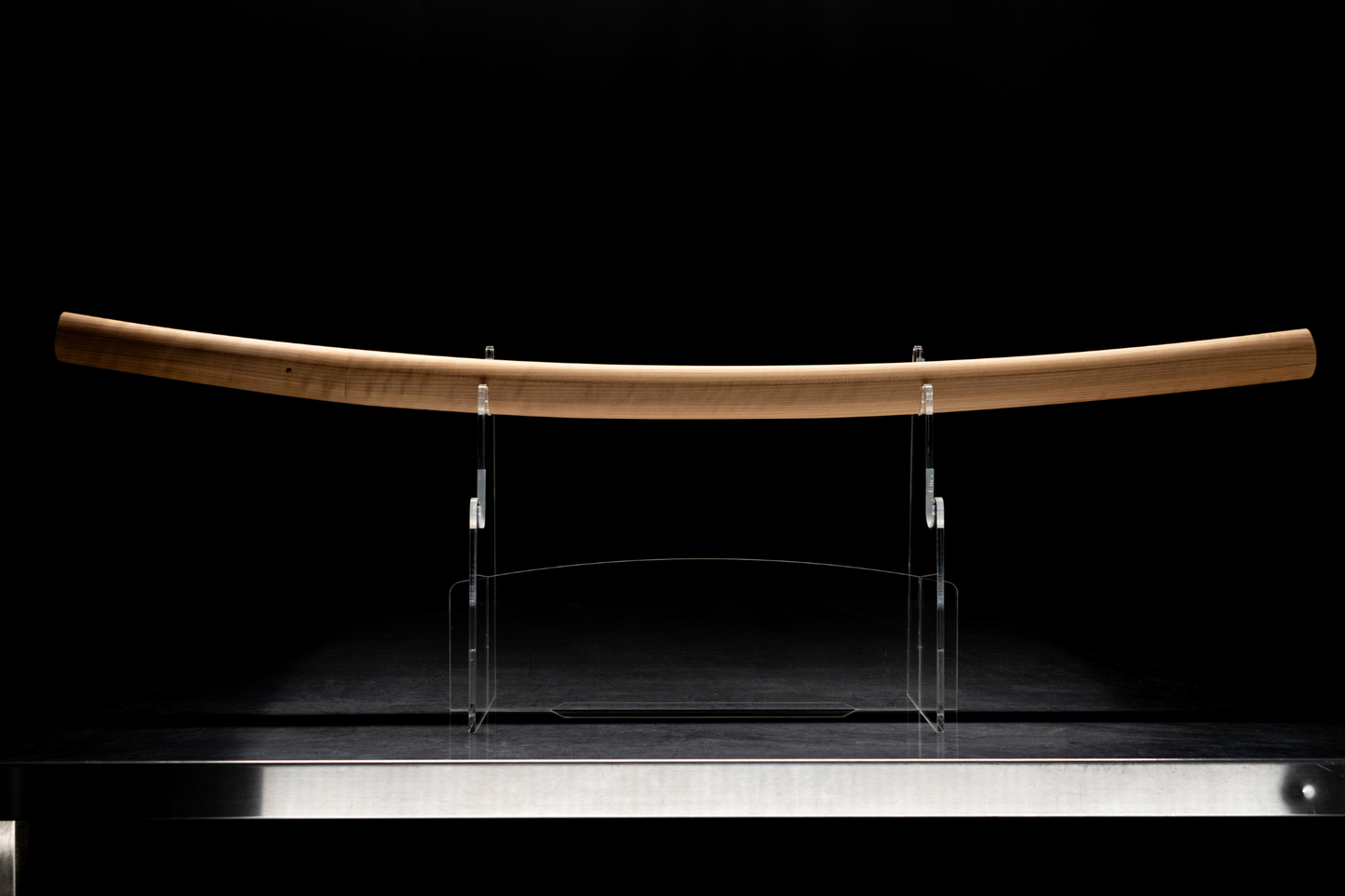
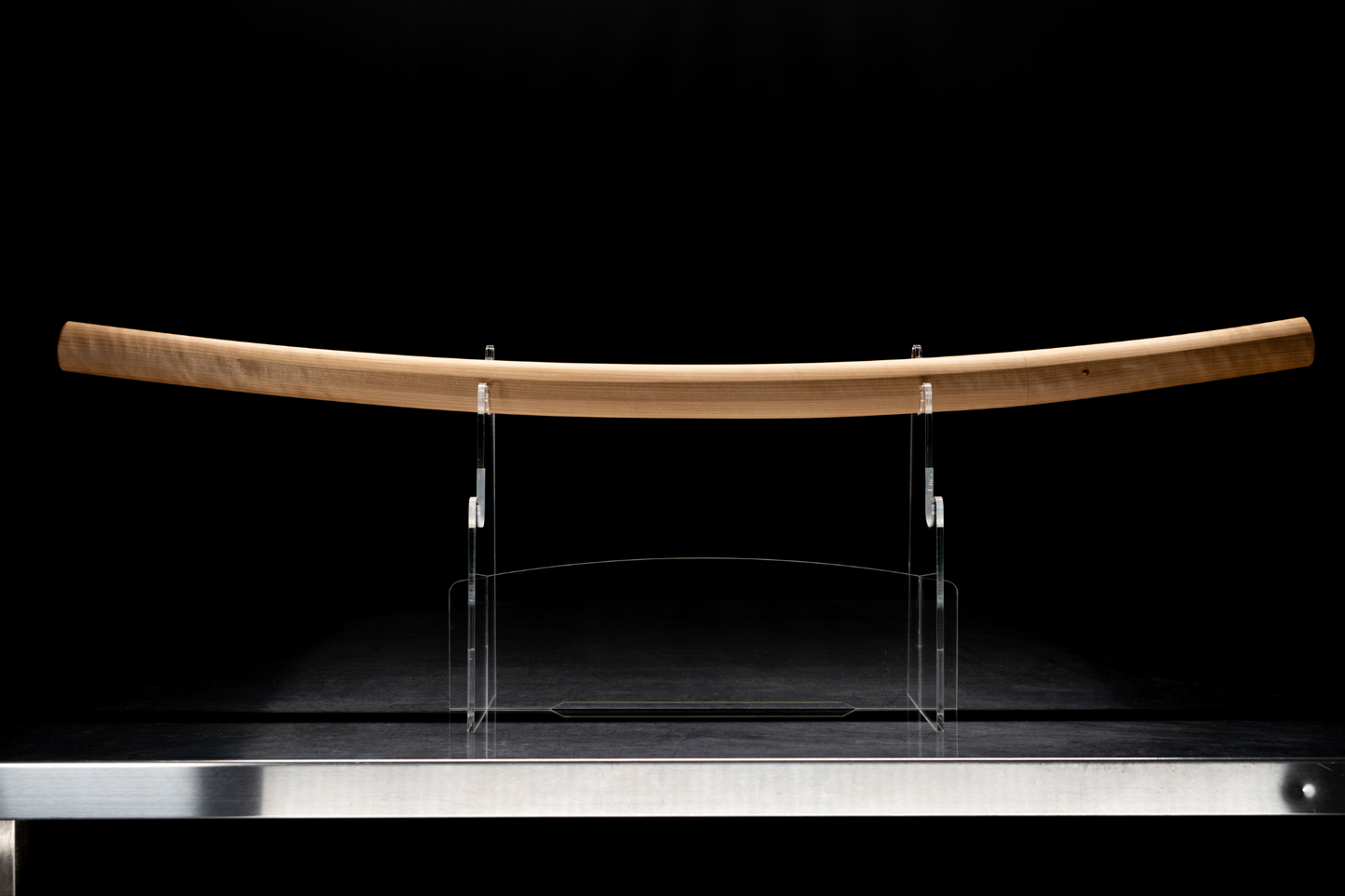
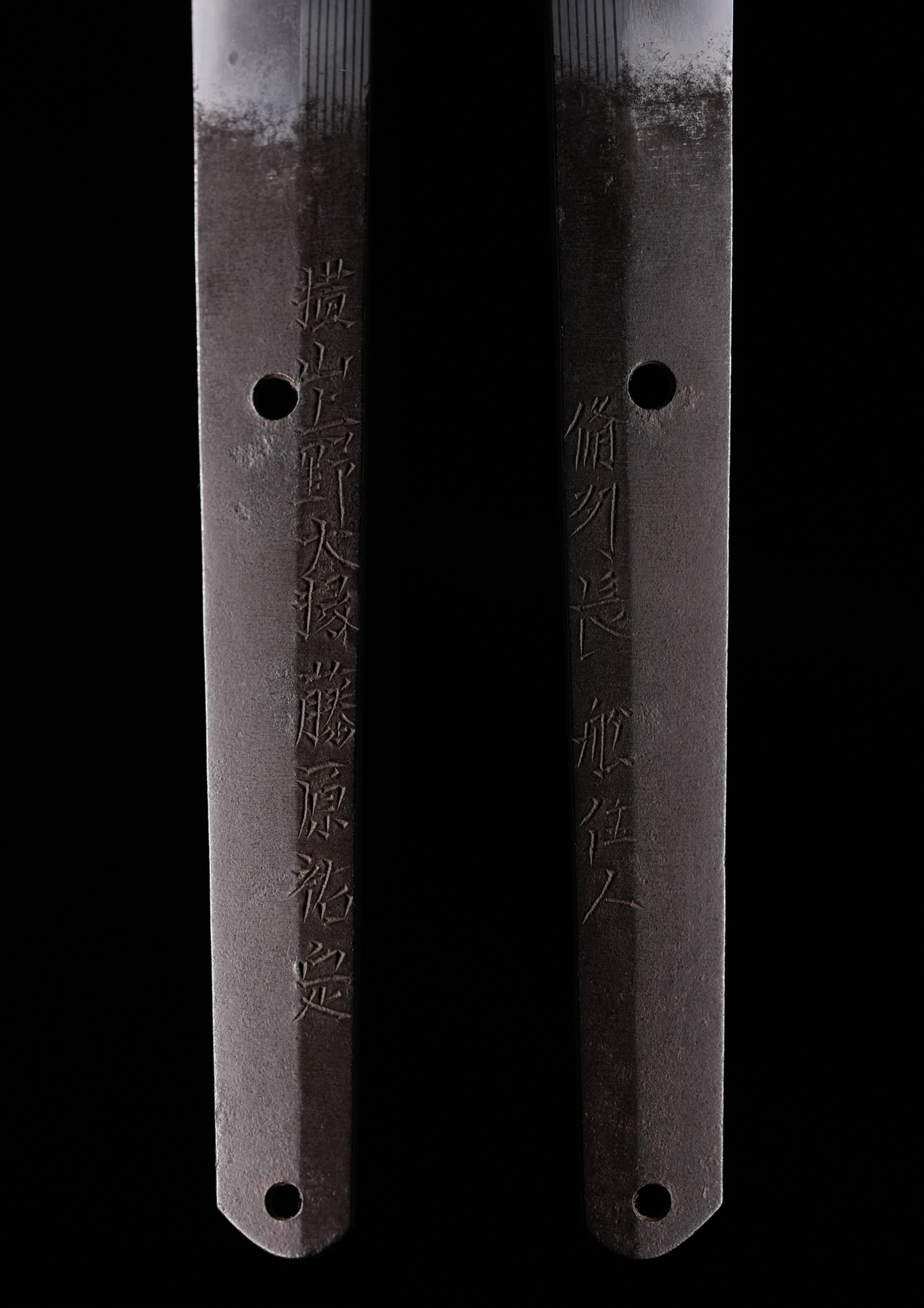
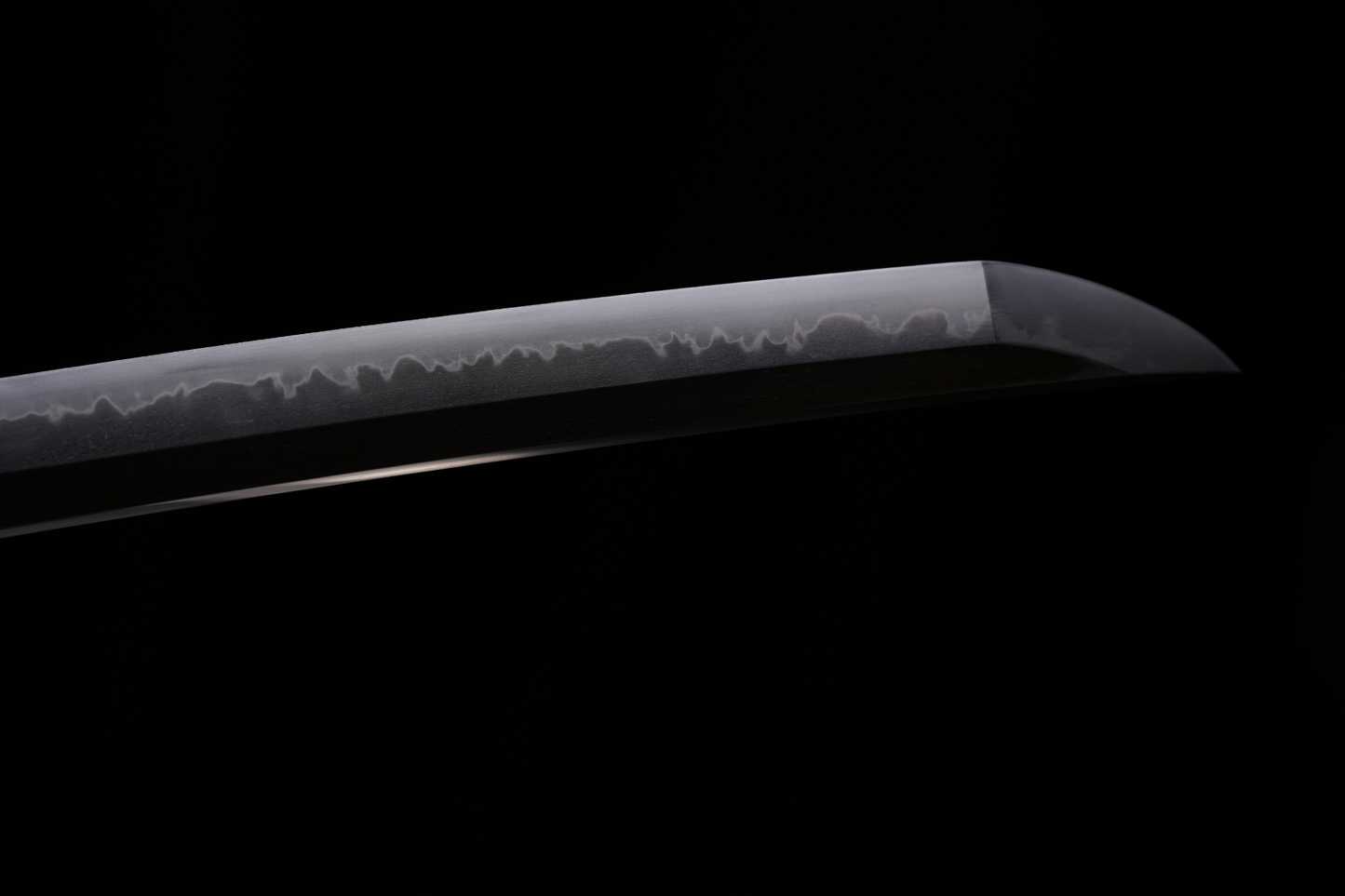
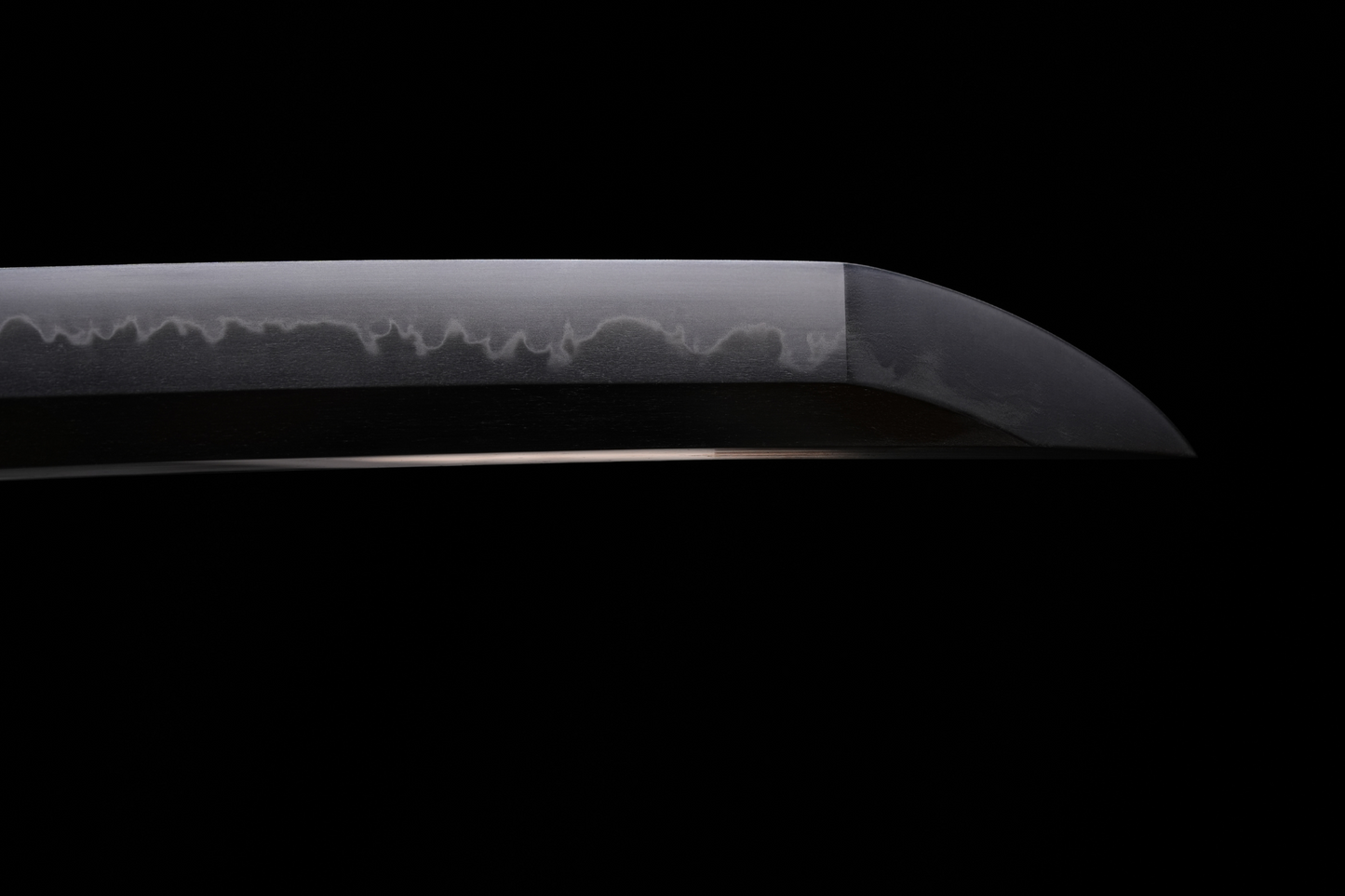
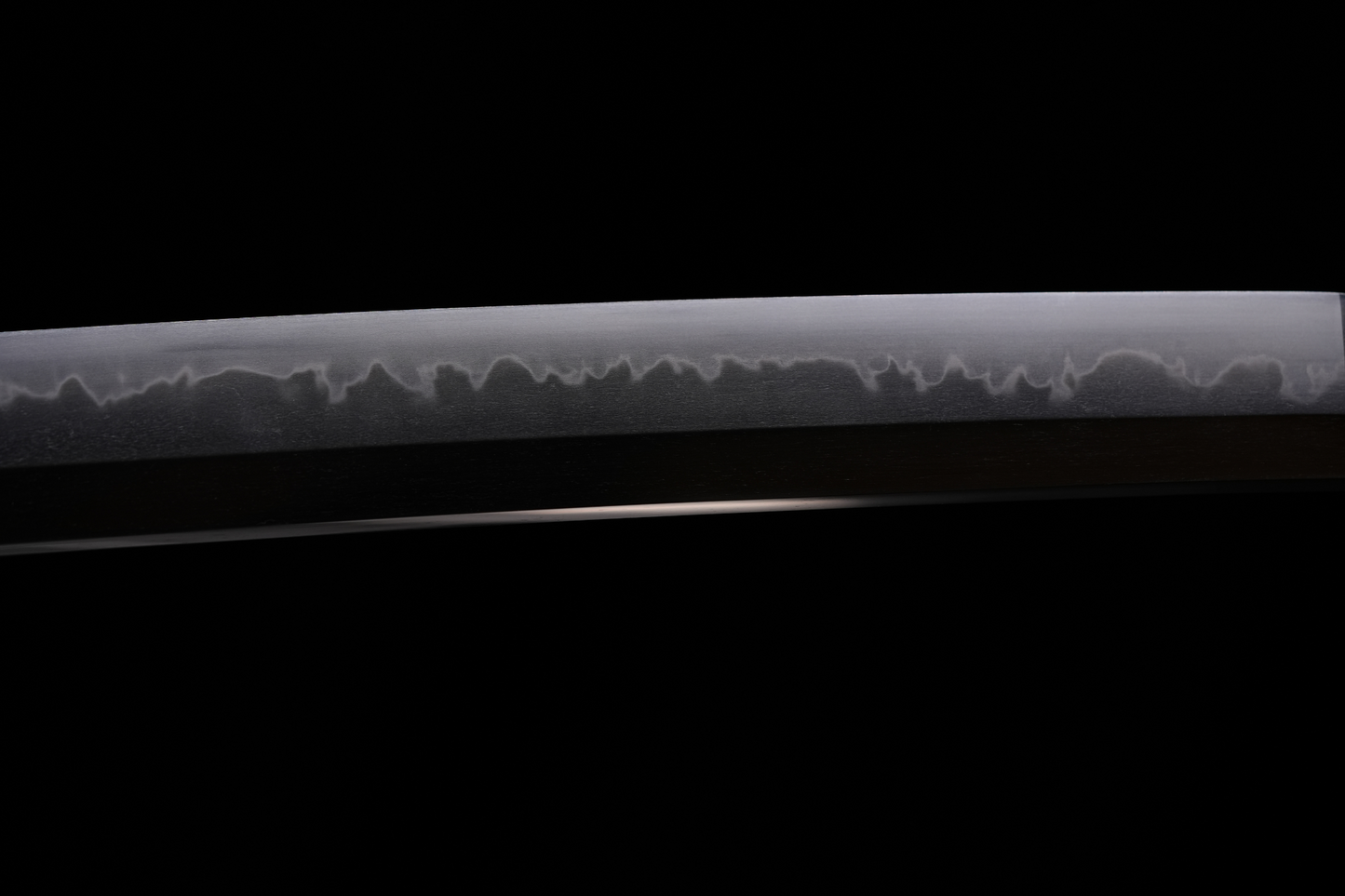
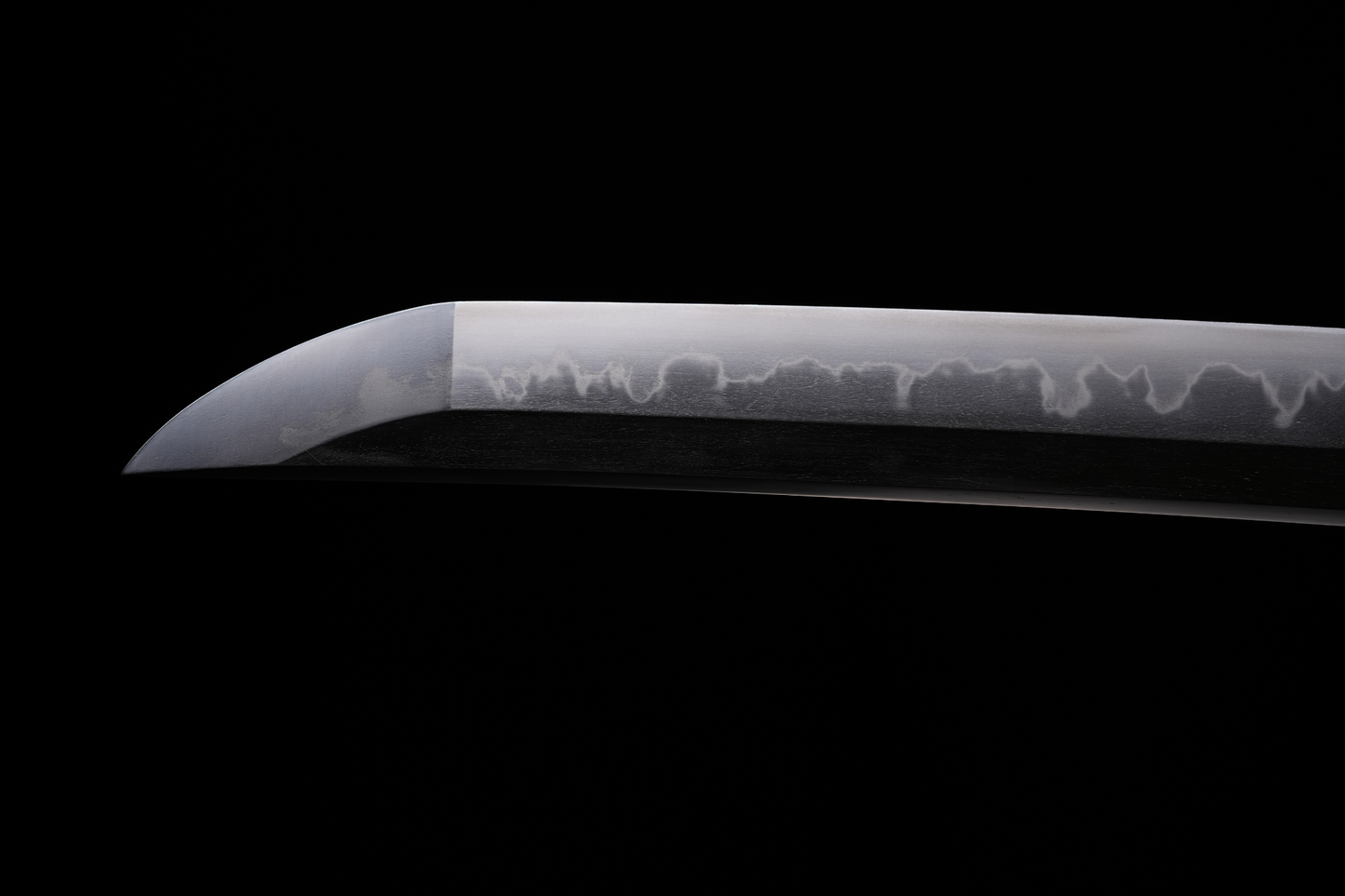
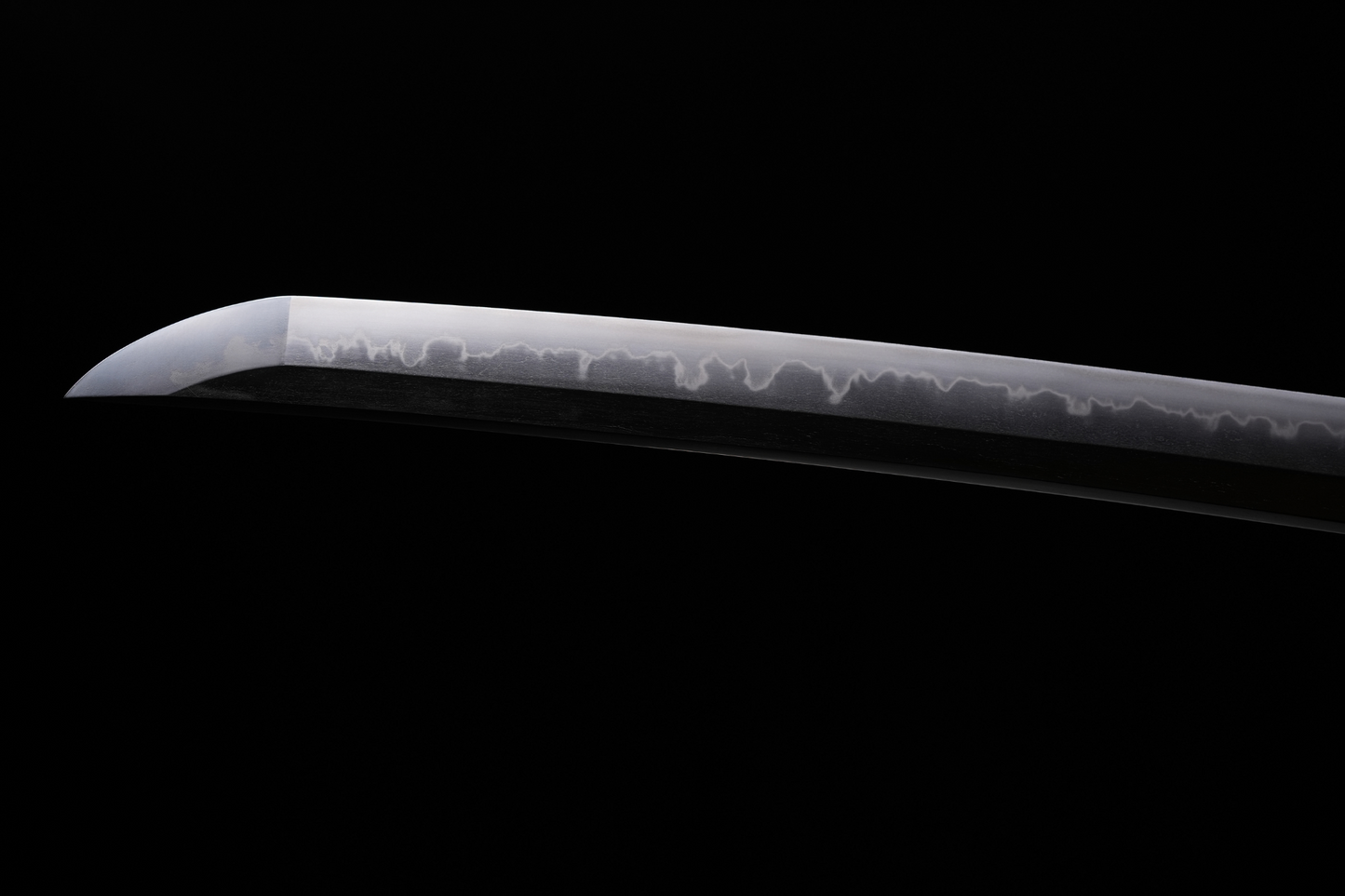
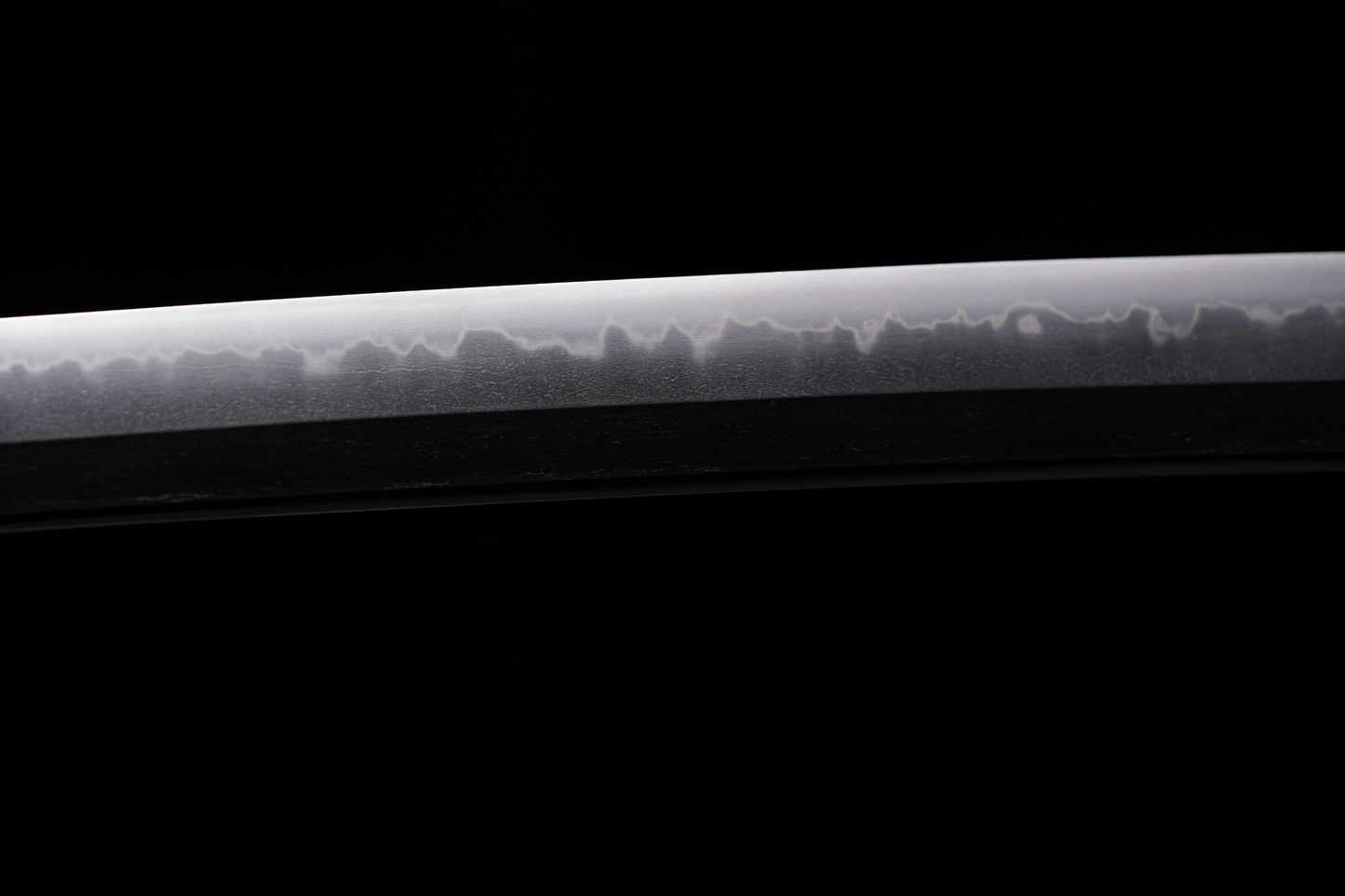
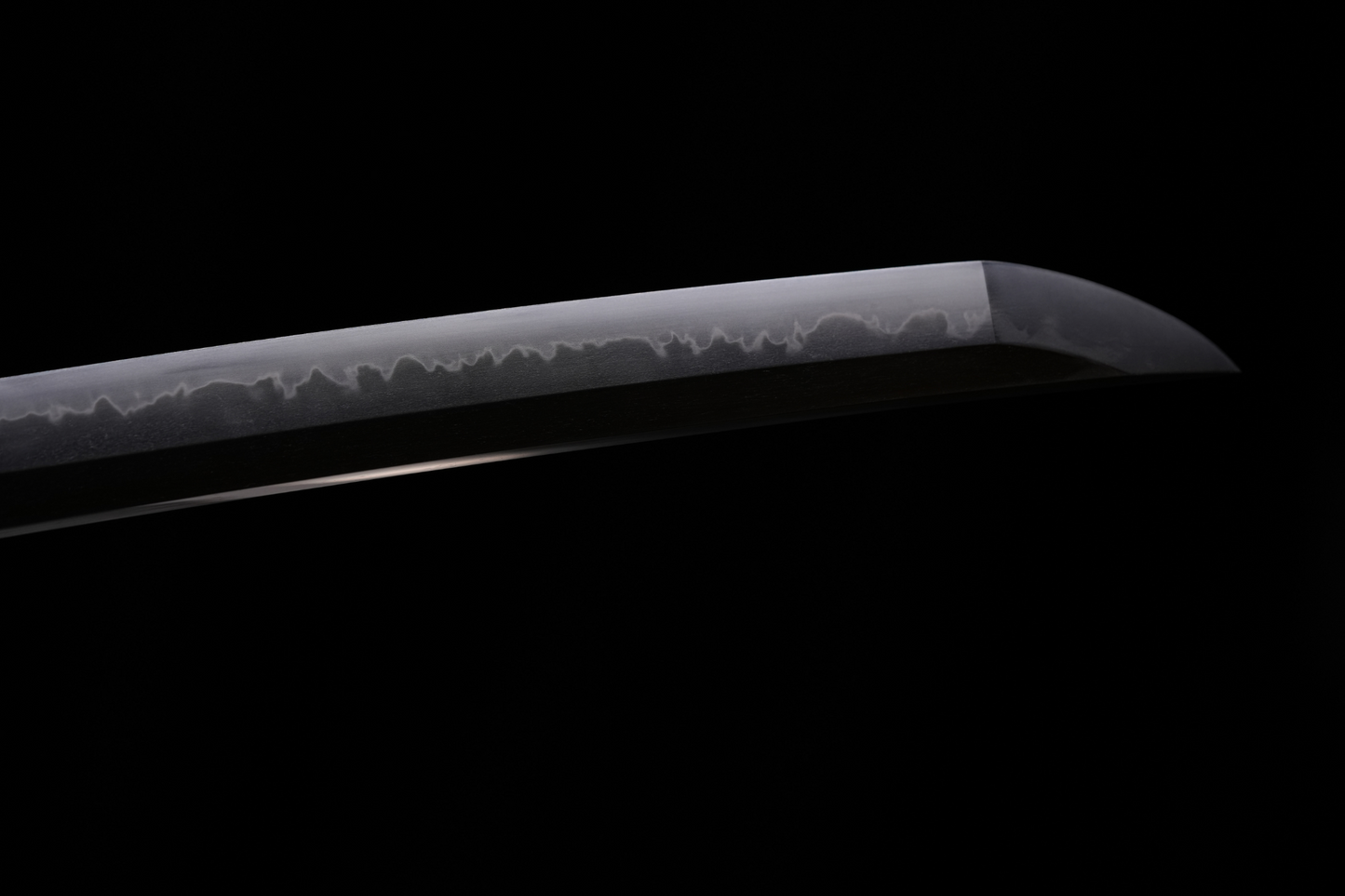
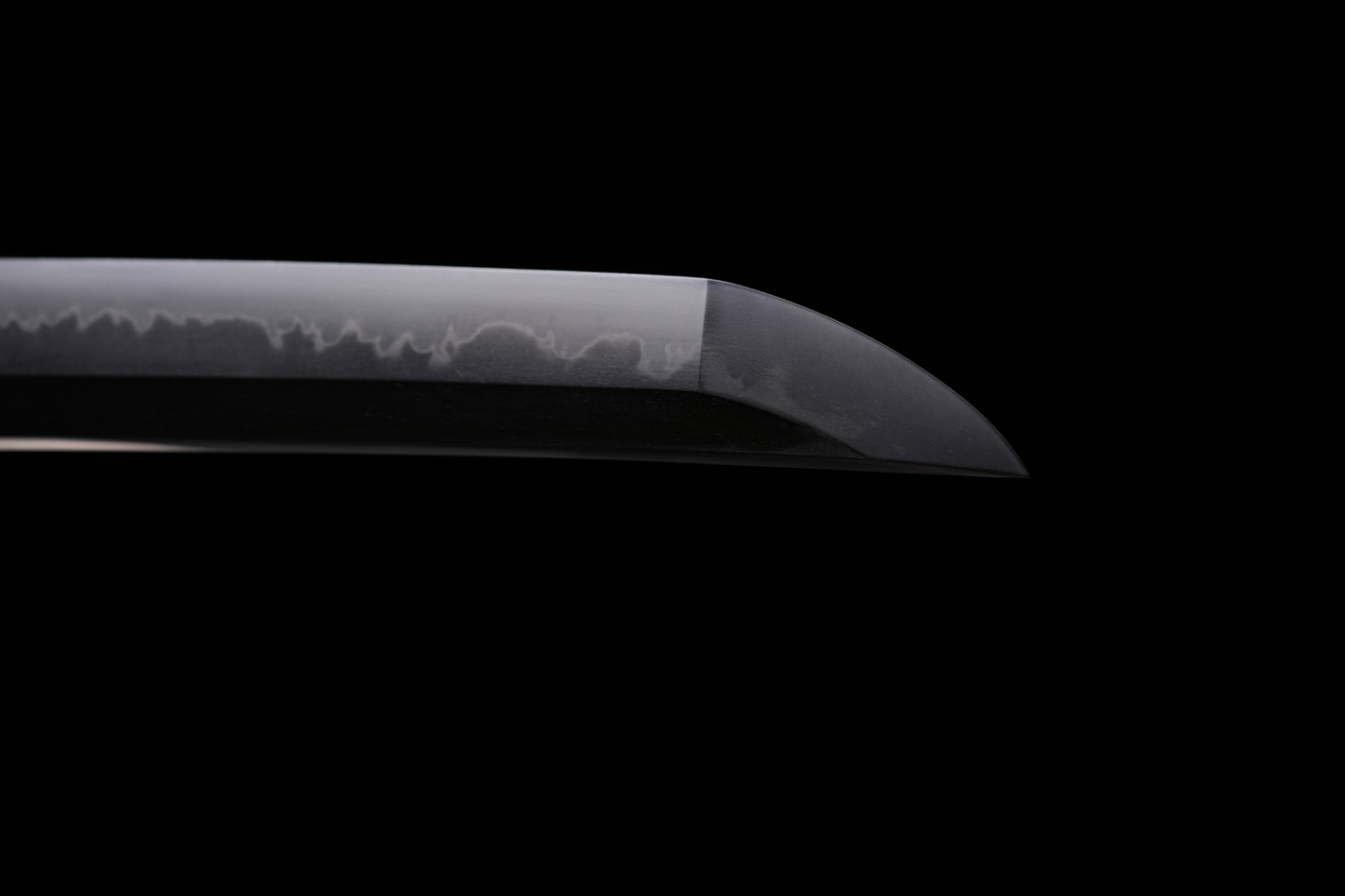
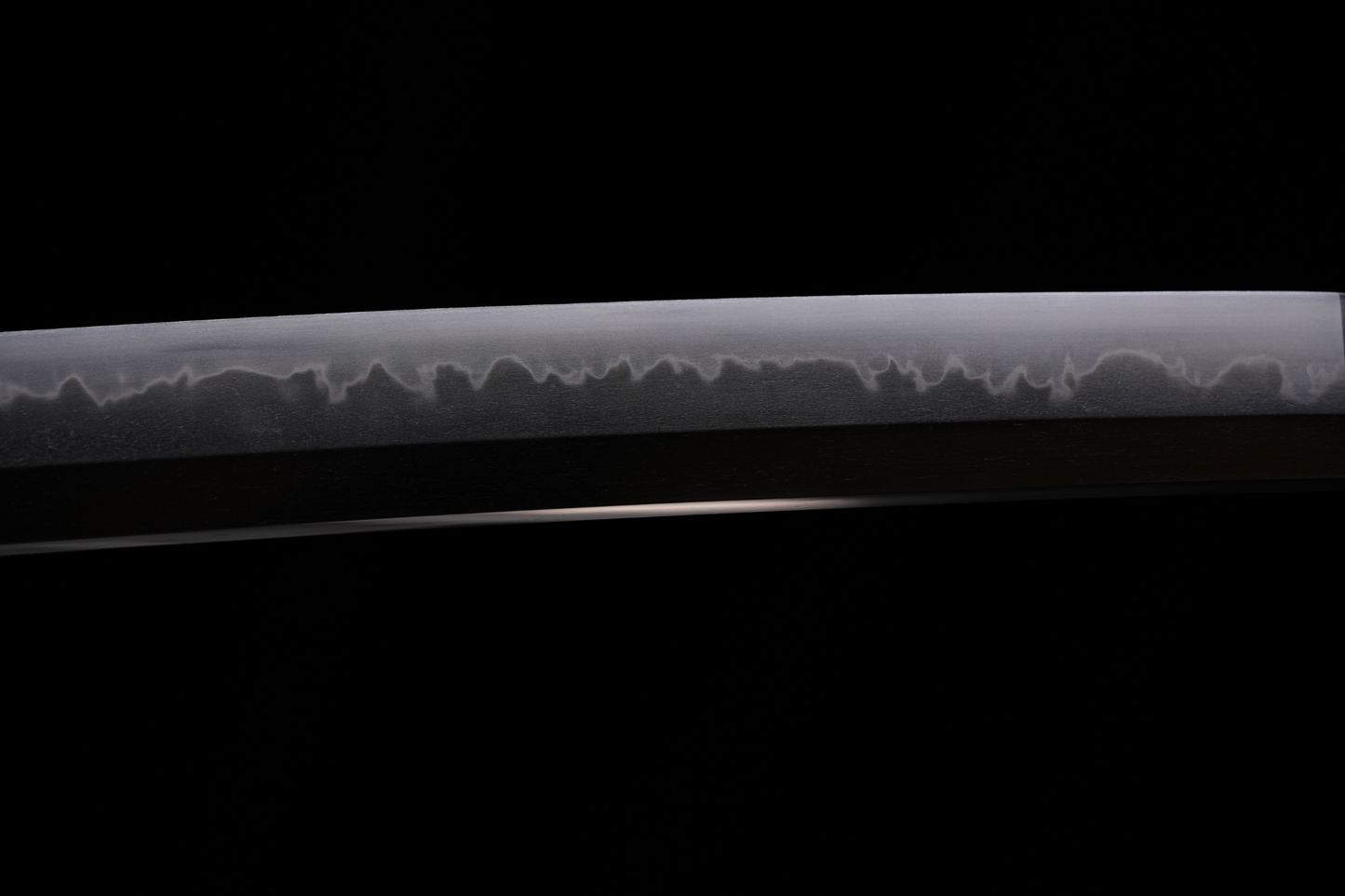
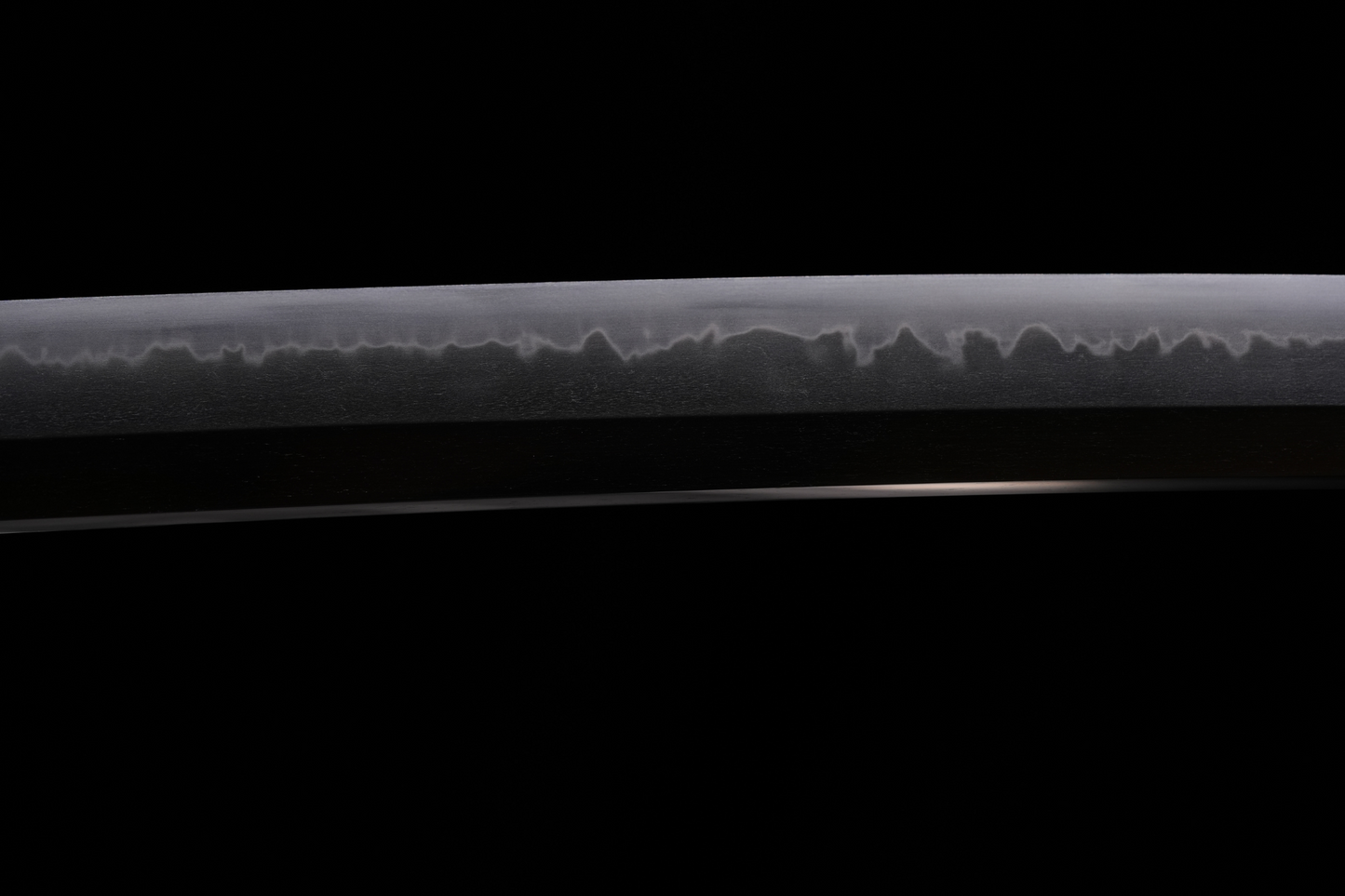
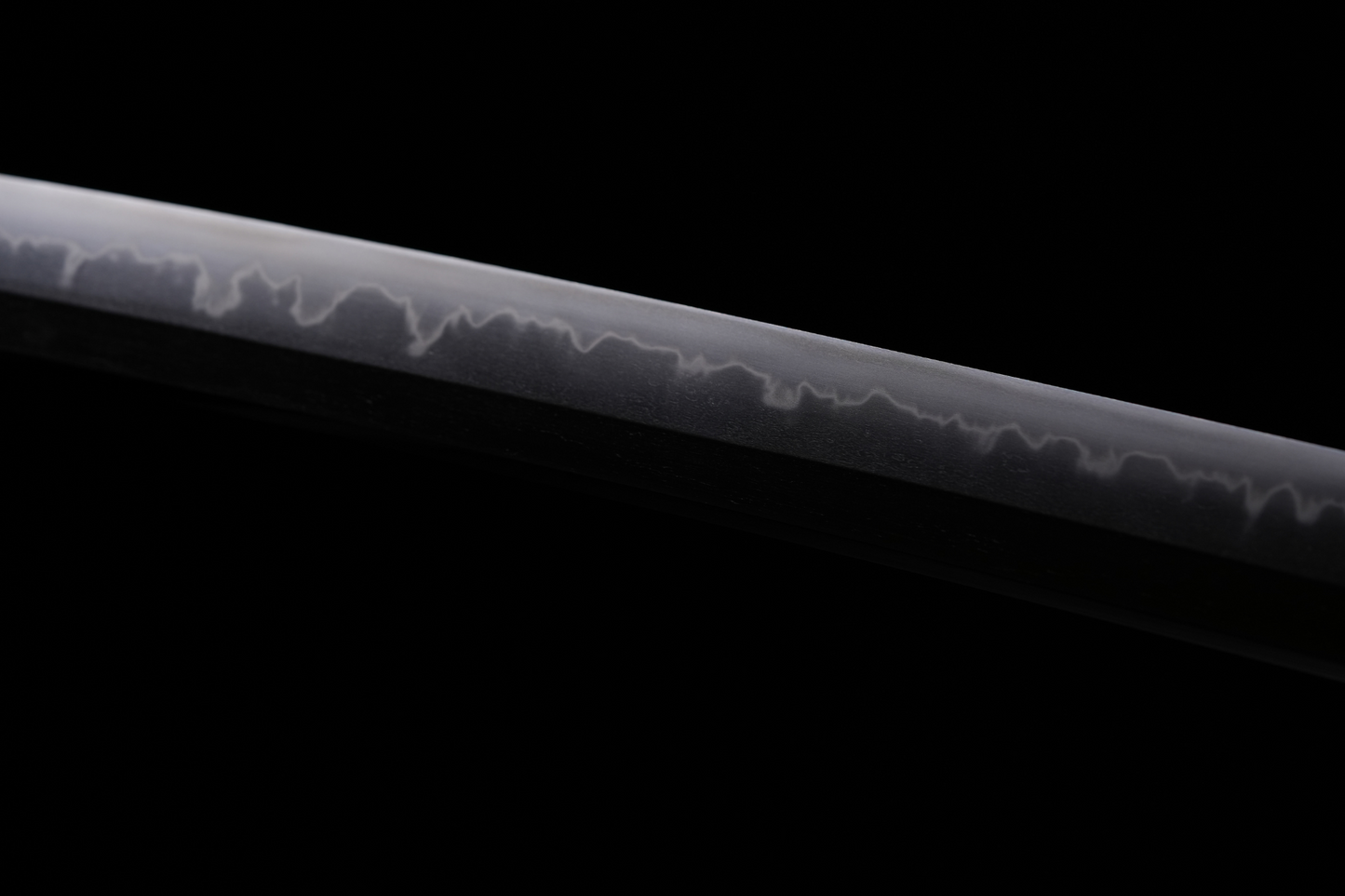
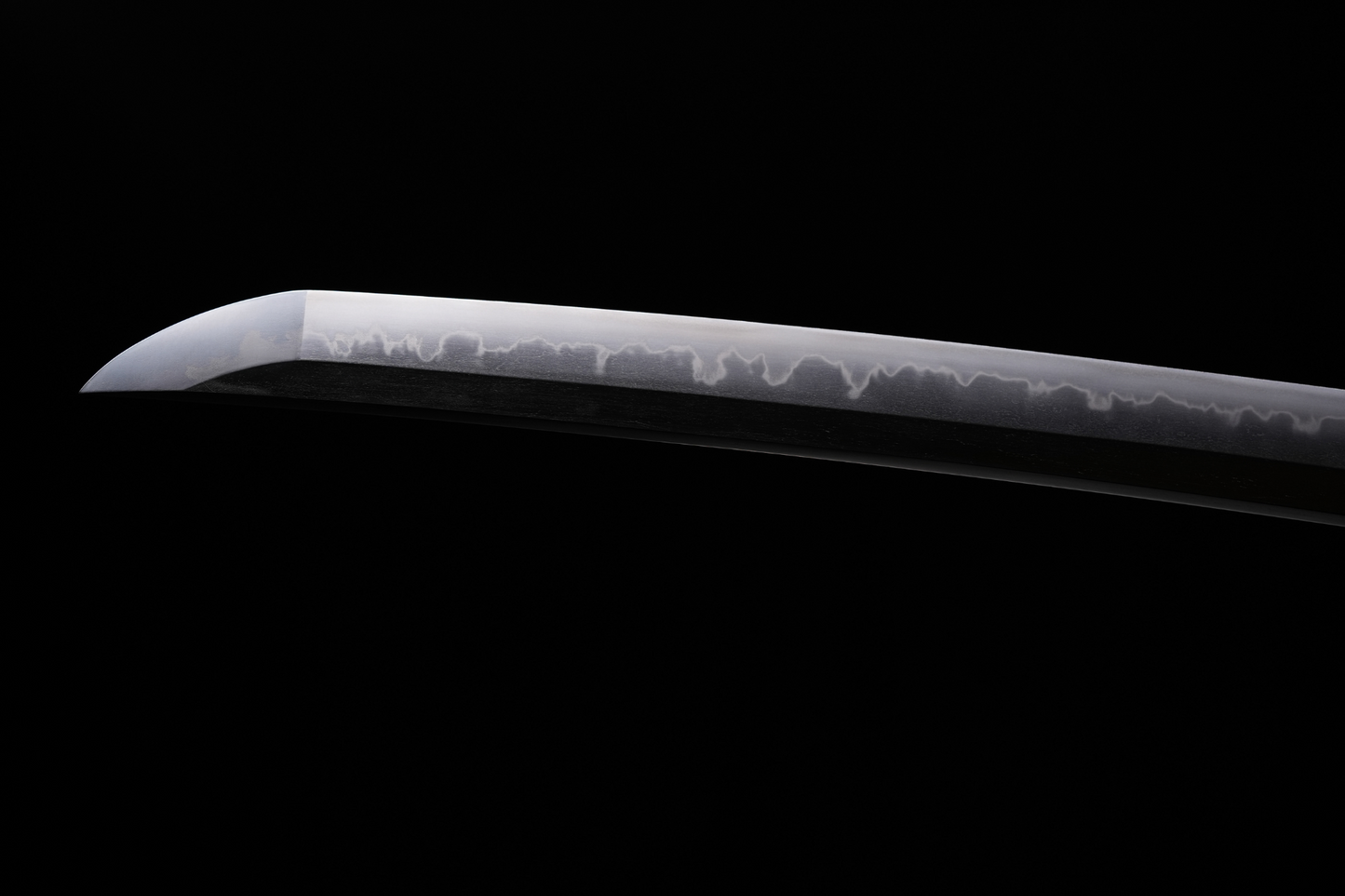
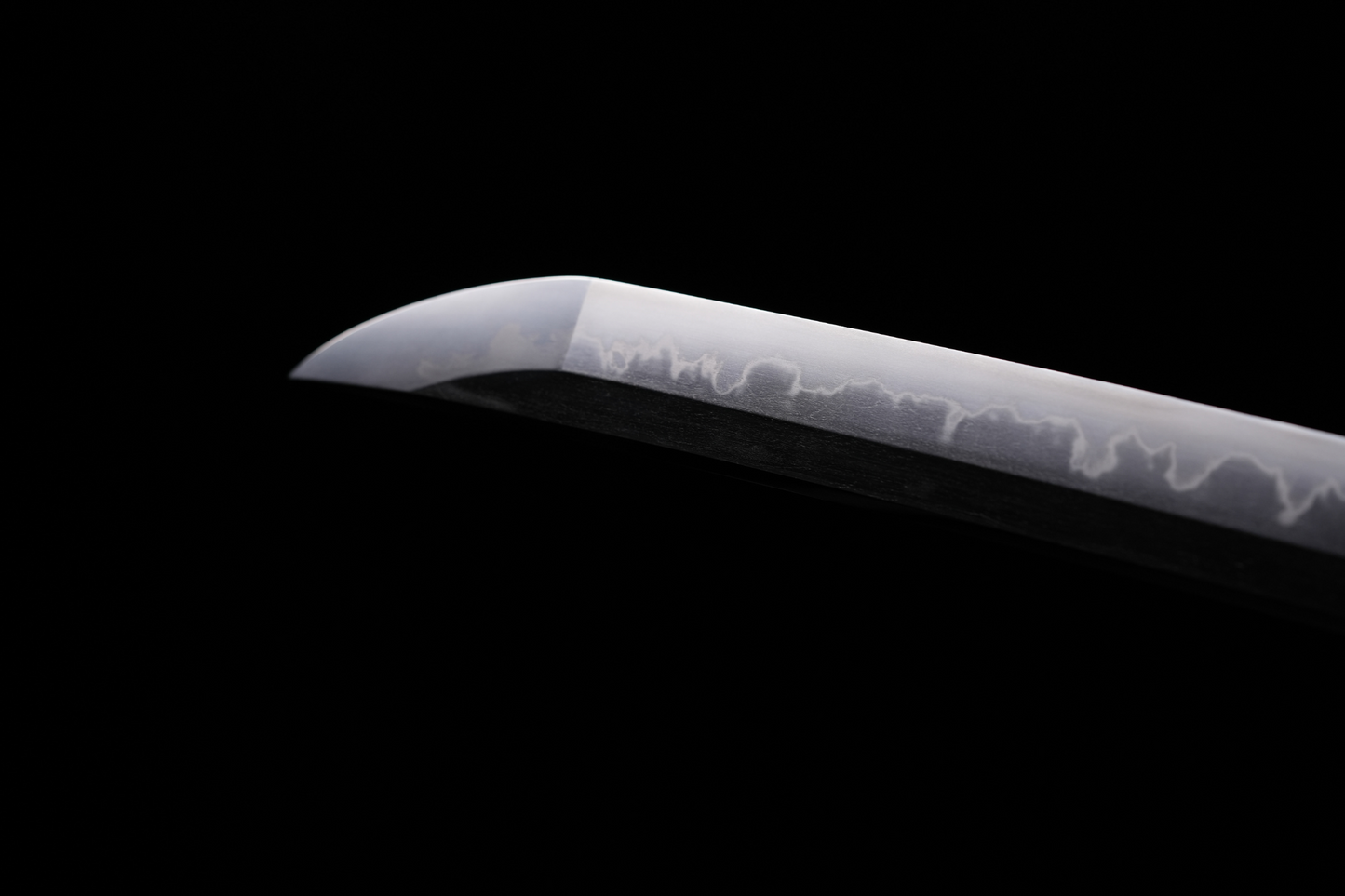
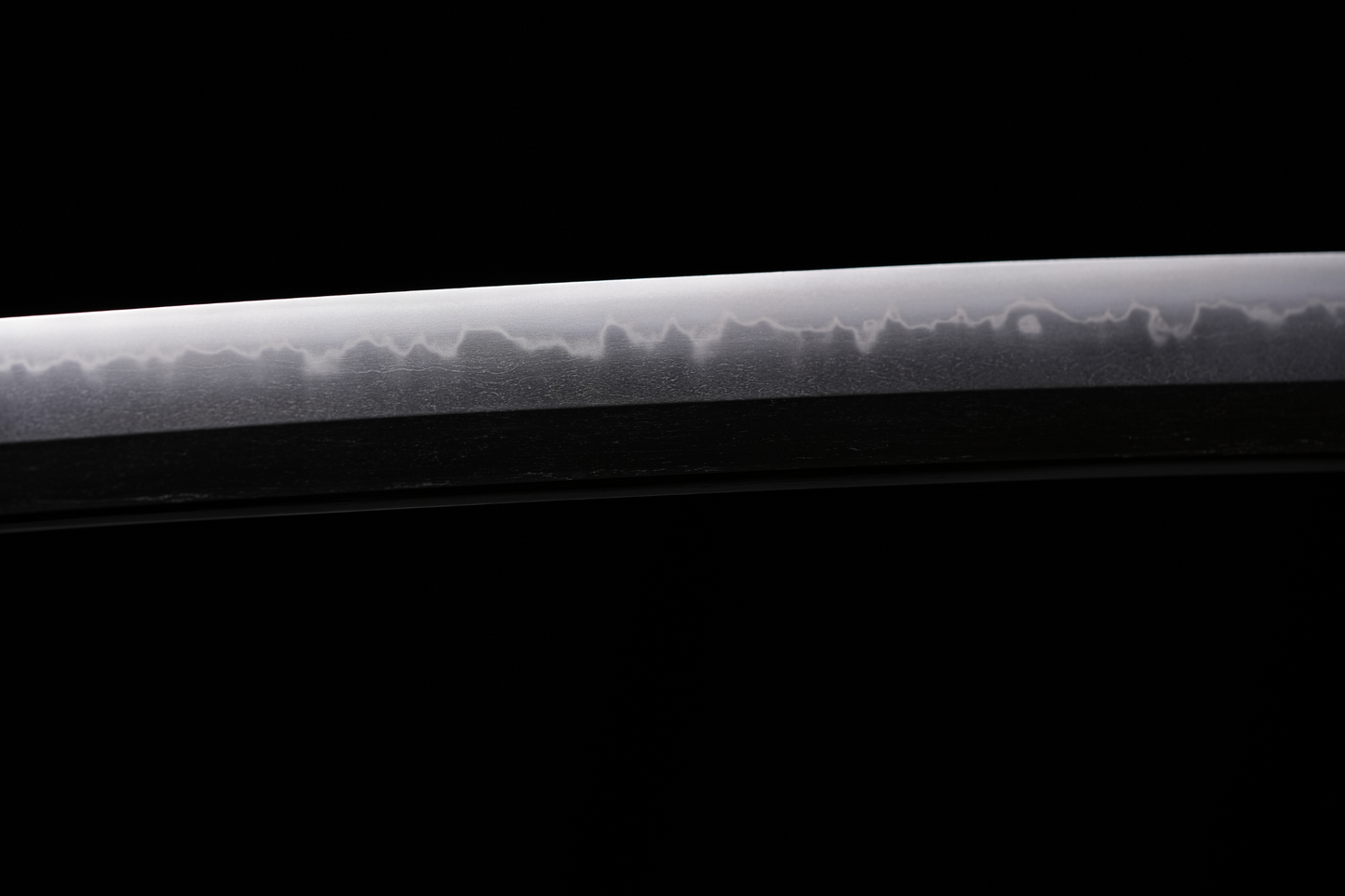
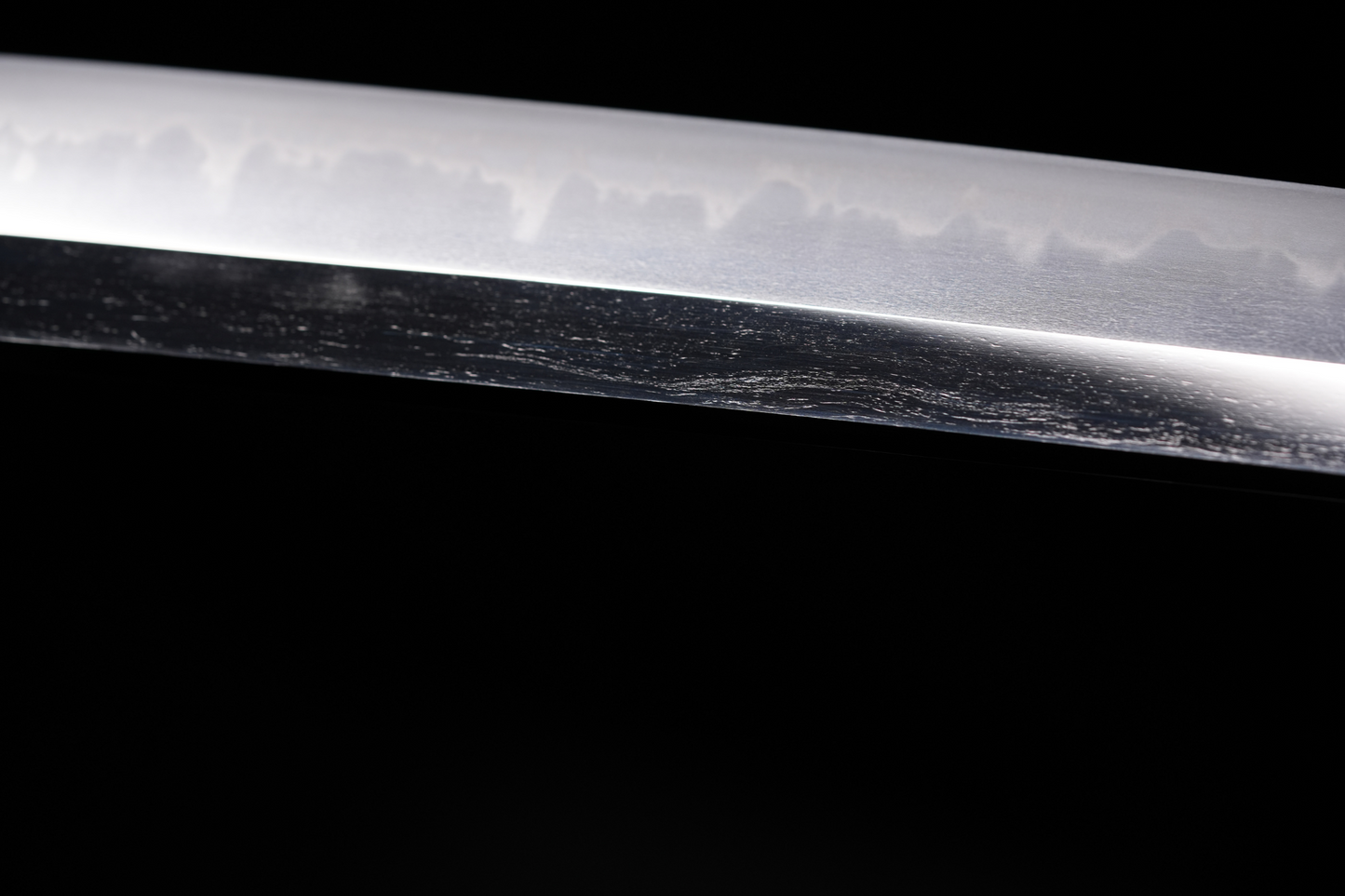
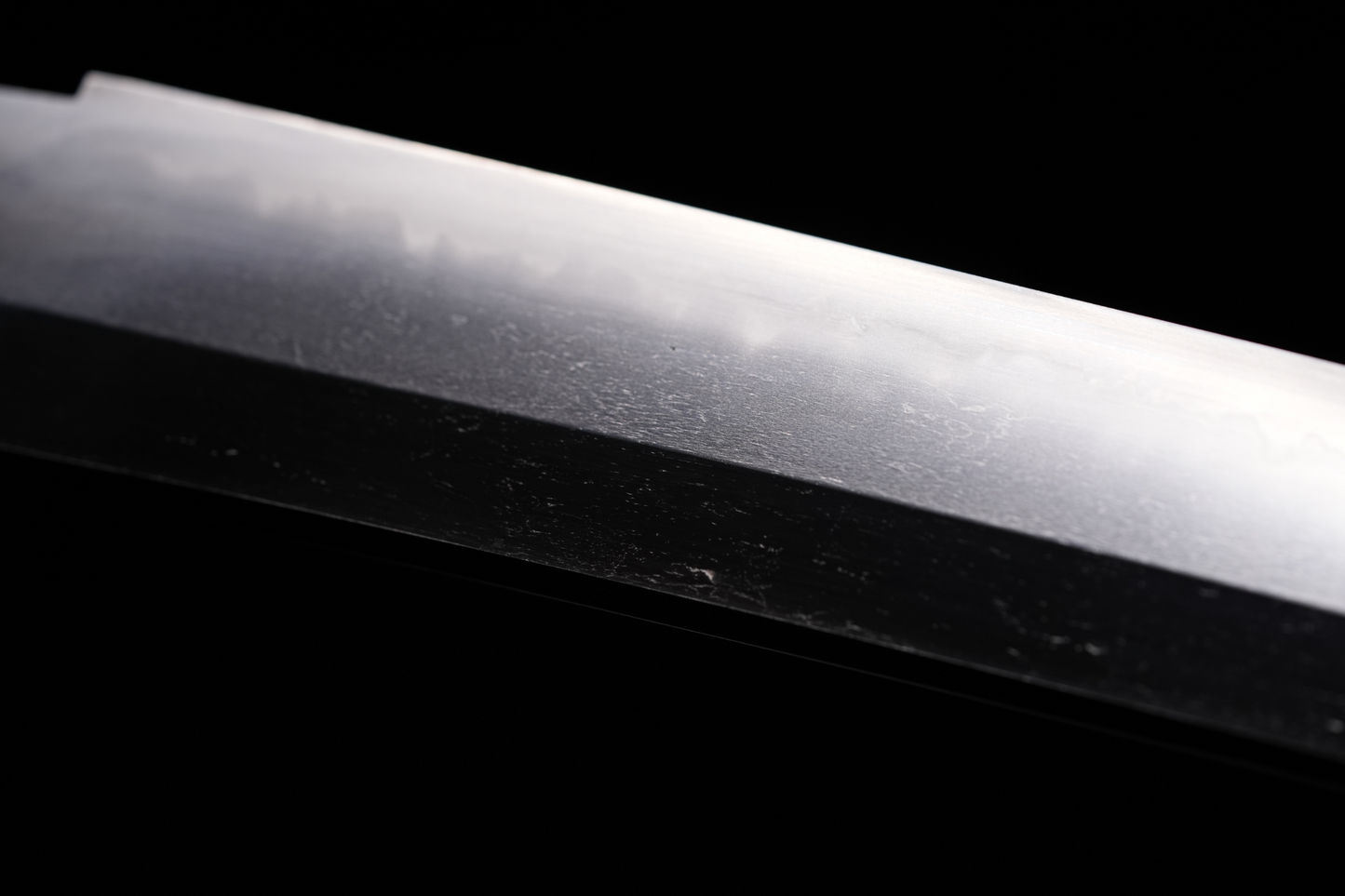
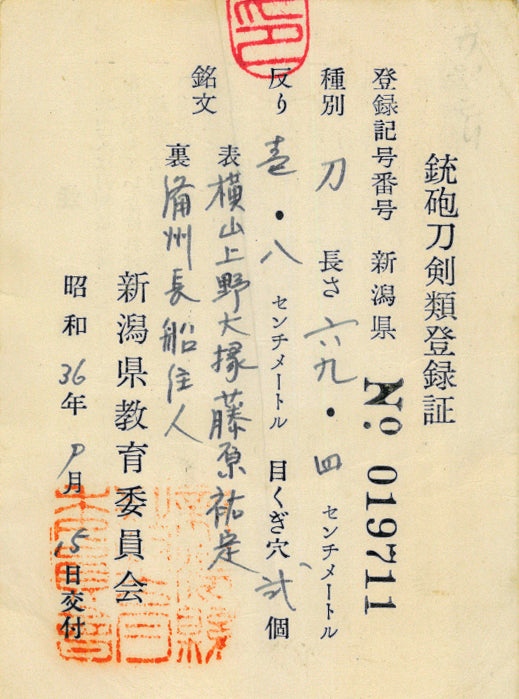
Einklappbarer Inhalt
Zahlung
Sie können per Bankkarte oder Banküberweisung bezahlen. Wenn Sie per Banküberweisung bezahlen möchten, kontaktieren Sie uns bitte über das untenstehende Formular und geben Sie den Namen des Schwertes an, das Sie kaufen möchten.
Zölle und Steuern
Einfuhrabgaben, Steuern und Gebühren sind nicht im Artikelpreis oder in den Versandkosten enthalten. Diese Gebühren liegen in der Verantwortung des Käufers.
・Bitte erkundigen Sie sich bei der Zollbehörde Ihres Landes, um festzustellen, wie hoch diese zusätzlichen Kosten sind, bevor Sie bieten/kaufen.
・Diese Gebühren werden normalerweise von der ausliefernden Spedition oder bei Abholung des Artikels erhoben - verwechseln Sie sie nicht mit zusätzlichen Versandkosten.
Versand und Rückgabe
- Die Schwerter werden von Tokio, Japan aus verschickt. Wir verwalten alle Verfahren zum Export des Schwertes.
- Sie können das Schwert nicht nach Japan zurückbringen, weil die Verfahren zu streng sind.
- Wir arbeiten mit einer Spedition zusammen, die Erfahrung mit Nihonto hat, so dass Sie sich keine Sorgen machen müssen.
- Bitte überprüfen Sie die Regeln Ihres Landes, bevor Sie das Schwert importieren. Wir übernehmen keine Verantwortung, einschließlich (nicht beschränkt auf) Erstattung, aufgrund der oben genannten Gründe.
Exportverfahren (Wir verwalten es)
Alle unsere Schwerter sind in der Agentur für kulturelle Angelegenheiten als Kunstwerk und das Board of Education (Ausschuss für den Schutz von Kulturgütern) registriert; daher hat jedes Schwert die Registrierungskarte, die vom Board of Education ausgestellt wird.
・Nach Erhalt der vollständigen Zahlung der Artikel, senden wir die Registrierungskarte zurück und erhalten die Erlaubnis vom Ministerium für kulturelle Angelegenheiten, um die Schwerter legal aus Japan zu exportieren. Es wird etwa 20 Werktage dauern, um dieses Verfahren zu tun.
・Nach dem Erhalt der Erlaubnis, werden wir Sie per E-Mail informieren und senden Sie die Artikel sofort.
